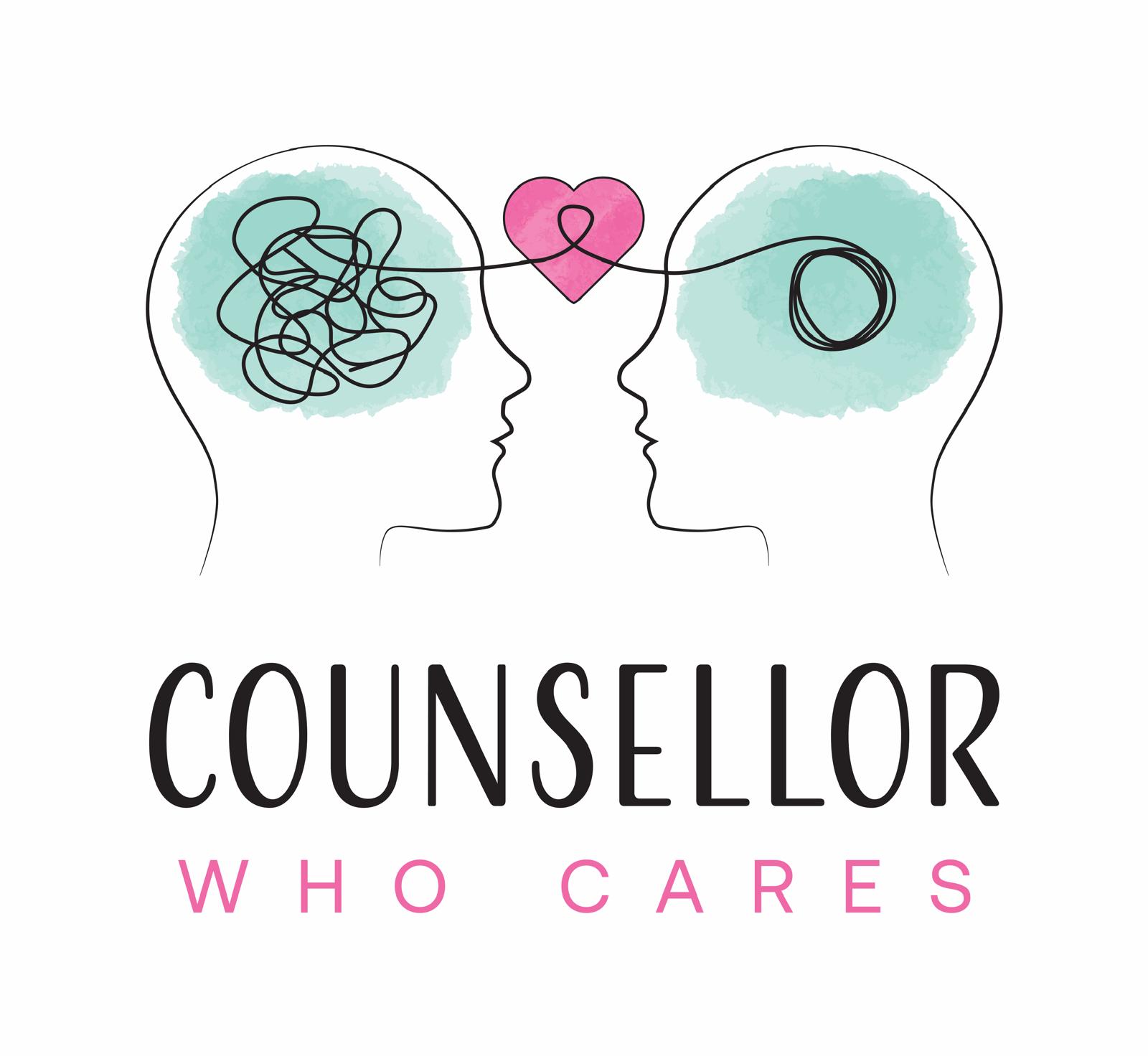Understanding the Grip of Phone Addiction
Breaking Free from the Digital Hold
Understanding phone addiction, ADHD, dopamine, and how to take control without going cold turkey
The Emotional Toll of Screen Time
The scroll that never ends…
Have you ever picked your phone up… then put it down…
…only to feel the itch to pick it up again?
I have.
Walking to work, waiting in line, even lying in bed, I’ve realised how automatically my brain reaches for the scroll. And here’s the thing: I’m not judging you. I do it too. Phones are designed to make us want to come back for more.
If you’re neurodivergent like me (hello, ADHD brain), it’s not just a habit, it’s a dopamine loop.
Recognizing the Signs of Phone Addiction
A Personal Journey to Digital Balance
Practical Phone Management Tips
Phones are built to hijack your brain
Let’s talk about the neuroscience for a second.
Every time you check your phone and get a notification, scroll TikTok, or tap through a reel, your brain gets a tiny hit of dopamine, the “feel-good” chemical. But the more often this happens:
➔ The more tolerance builds
➔ The more cravings increase
➔ The harder it is to stop
It’s the same dopamine feedback loop found in gambling, junk food—and yes, even drugs like cocaine. In fact, studies have shown that phones activate the same neural reward centres. No wonder it feels impossible to put it down.
Exploring the Path to Recovery
The quiet cost of constant scrolling
Let’s be real: phones aren’t all bad. I’ve learned SO much from mine.
I use it for research, connection, ADHD management tools, even creative inspiration.
But here’s what I’ve also noticed:
➔ Poor sleep from doomscrolling until 1am
➔ Financial impulsivity from in-app purchases or “Buy Now” culture
➔ Disconnection from the people right in front of me
➔ Overwhelm from WhatsApp group chats, I didn’t even want to be part of
And I see this in my clients, too. Especially teens and parents. It’s not just the blue light it’s the emotional overload.
Eye contact is disappearing
Here’s something we don’t talk about enough:
Phones are starting to break down real human communication.
When you walk into a room and don’t know who to talk to, your natural instinct is to grab your phone. It’s a safety blanket. But it sends a powerful social message:
“Please don’t talk to me.”
You might be silently craving connection. But your body language says the opposite. It creates more social anxiety, not less.
In therapy, I often see how this creates tension at home, families not talking, missed emotional cues, and lost connection between partners. Not because they don’t care, but because they’re buried in their screens.
Rediscovering Your Relationship with Food
What helped me (real talk)
At one point, I checked my phone stats and saw…
FOUR HOURS A DAY.
That’s not judgment. That’s reality. But I had to ask:
What could I be doing with four extra hours a day?
So I made a few changes, not perfect, but doable:
-
I deleted the apps (Instagram, eBay, Amazon). I now have to log in each time, which delays the impulse, a helpful tool for managing ADHD.
-
I set screen limits (iPhone and Android have built-in timers).
-
I noticed the withdrawal. Genuinely. I’d override the limit and keep scrolling. It helped me name what I was feeling: restless, lonely, overstimulated.
-
I walked without my phone. Not always. But enough to feel present again.
Navigating the Path to Healing
Simple boundaries that actually help
If you’re a parent, teen, or just someone who wants better sleep, here are some gentle boundaries:
-
Router restrictions, Set Wi-Fi downtime with providers like EE, Sky or Virgin. You can customise it for each family member.
-
Create a phone box or charging station outside the bedroom.
-
Use grayscale mode to make your phone less appealing (especially for late-night scrolling).
-
Switch to “boring” apps, such as a podcast or audiobook, at night. this helps with ADHD regulation and prevents overstimulation.
It’s not about going cold turkey
Phones are not the enemy.
But if they start controlling you, it’s time to rethink the relationship.
If you’re wired for dopamine-seeking, impulse-driven action, or social anxiety escape, your phone is meeting a need. However, perhaps you can meet that need in a different way. More slowly. More safely.
⸻
“Technology is best when it brings people together, not when it pulls us away from ourselves.”
Join Our Supportive Community
If this blog resonated with you, I will send honest, trauma-informed support straight to your inbox each week, for recovery, boundaries, and mental health in real life.
➔ Sign up here for weekly insights
No spam. Just words that lift you.
A bit about Becky Stone
I’m Becky Stone, a qualified therapist based in Canterbury, UK. I work with teens and adults who want practical, no-fluff support for real-life challenges, like anxiety, ADHD, phone boundaries, family tension, and building confidence. My work is shaped by lived experience and trauma-informed training. I don’t believe in perfect. I believe in progress.







